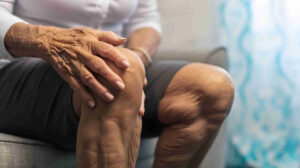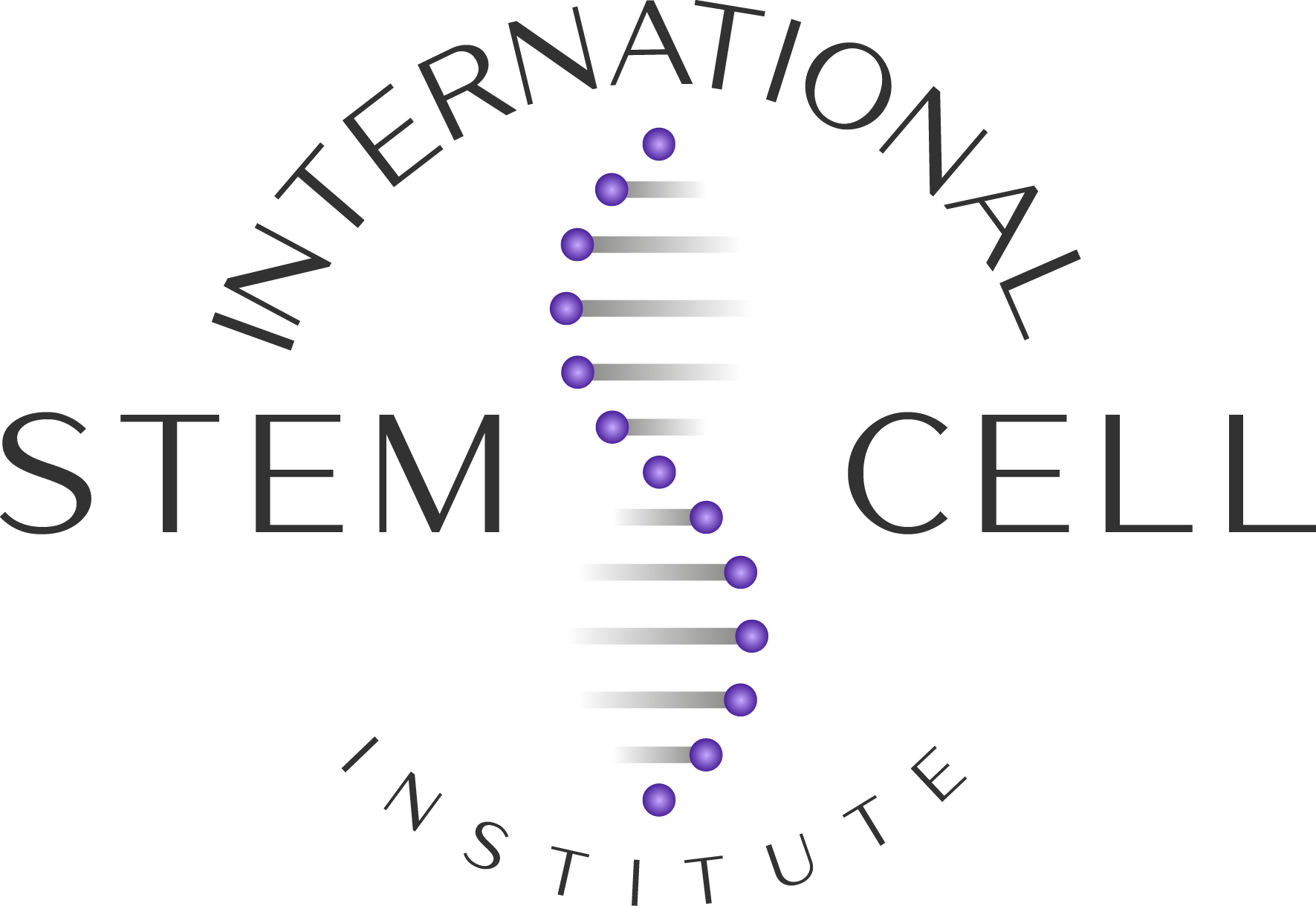Sometimes called degenerative joint disease or degenerative arthritis, osteoarthritis (OA) is the most common chronic condition of the joints, affecting approximately 27 million Americans. OA can affect any joint, but it occurs most often in knees, hips, lower back and neck, small joints of the fingers and the bases of the thumb and big toe.
In OA, the cartilage breaks down, causing pain, swelling and problems moving the joint. As OA worsens over time, bones may break down and develop growths called spurs. Bits of bone or cartilage may chip off and float around in the joint.
In the body, an inflammatory process occurs and cytokines (proteins) and enzymes develop that further damage the cartilage. In the final stages of OA, the cartilage wears away and bone rubs against bone leading to joint damage and more pain.
The stem cell therapy used at DOCTOR G® is designed to target these areas within the joints to help with the creation of new cartilage cells. As mesenchymal stem cells are multipotent they have the ability to differentiate into cartilage called (chondrocytes). The goal of each stem cell treatment is to inject the stem cells into the joint to create cartilage (chondrocyte cells). Stem cells are also a natural anti inflammatory, which can assist with osteoarthritis pain and swelling in the joint area. These procedures may help patients who don’t respond to typical drug treatment, want to reduce their reliance on medication or are looking to try stem cell therapy before starting drug treatment.

About the treatment
Contrary to other Stem Cell treatments based on autologous transplant, where the stem cells are as old as the patient’s age and carry all the information accumulated through their life, at Doctor G®, we use donor umbilical cord-derived mesenchymal stem cells (MSCs) instead of bone marrow or fat tissue-derived. In our laboratory, umbilical cord MSCs can undergo approximately twice the number of “doublings” as their adult-derived bone marrow or fat tissue counterparts. The overall hypothesis is that UCMS cells possess immune properties that would be permissive to allogeneic transplantation.
Mesenchymal stem cells are progenitors for several connective tissue cell lineages, including bone, cartilage, muscle, fat, and bone marrow. As mesenchymal stem cells can target diseased organs, they may hold potential as vehicles capable of expressing and secreting proteins with therapeutic effects. These conditions are ailments and disorders in muscles, ligaments, and joints. Common examples include Rheumatoid Arthritis, degenerative disc disease, osteoarthritis, and various injuries like fractures and torn cartilage.
Doctor G® Stem Cell Procedures help overcome these conditions by extracting stem cells from the umbilical cord, then concentrating and culture the cells and injecting them into the damaged area to help the body heal naturally. Our Stem Cell Procedures can be used for a wide range of conditions and are the tool of choice for injuries, arthritis, and other conditions that may be more significant than those treated with conventional therapies.
According to our research, stem cells have self-renewal qualities which aid in reproducing cartilage and bone tissue cells, restoring joint function, and reducing pain. Scientists have discovered that stem cells and specifically allogeneic umbilical cord mesenchymal stem cells, are home to inflamed tissue and start producing anti-inflammatory agents. Usually, these cells are harvested from human umbilical cords donated after normal healthy births. This means that stem cell transplants could be used to treat some of the most common osteoarticular symptoms.
Everything about your Doctor G® experience is designed for results. At Doctor G®, our priority is to produce the best possible outcomes for our patients. And while our protocol is far more complex than you will find at other regenerative medicine clinics, we do not cut corners.
The injection typically takes place three weeks after the UCMSCs are extracted from the umbilical cord. During this time, cells are grown for approximately 15 days and then tested for quality assurance, including sterility testing and karyotype analysis to ensure no genetic abnormalities present in the stem cells. Once the UCMSCs have passed all safety and quality testing, you will be scheduled for the injection procedure.
During the injection, the cultured cells are thoroughly tested for quality assurance and injected using guided imaging to ensure the most precise placement of cells into the injured area.
2023 © Mercadeo Salud. All rights reserved.

